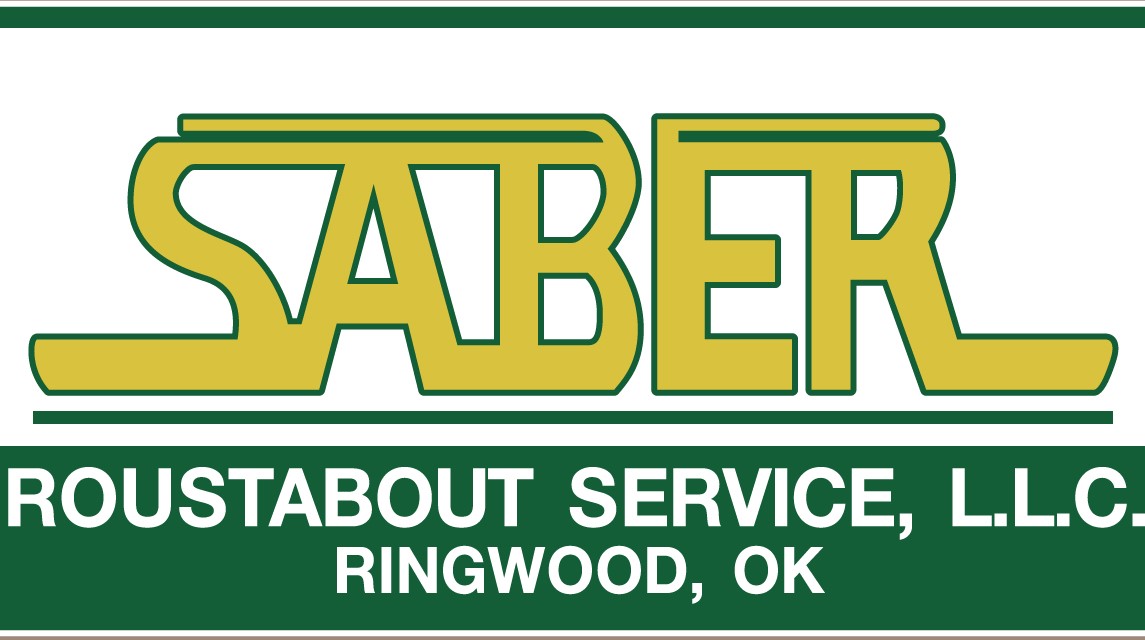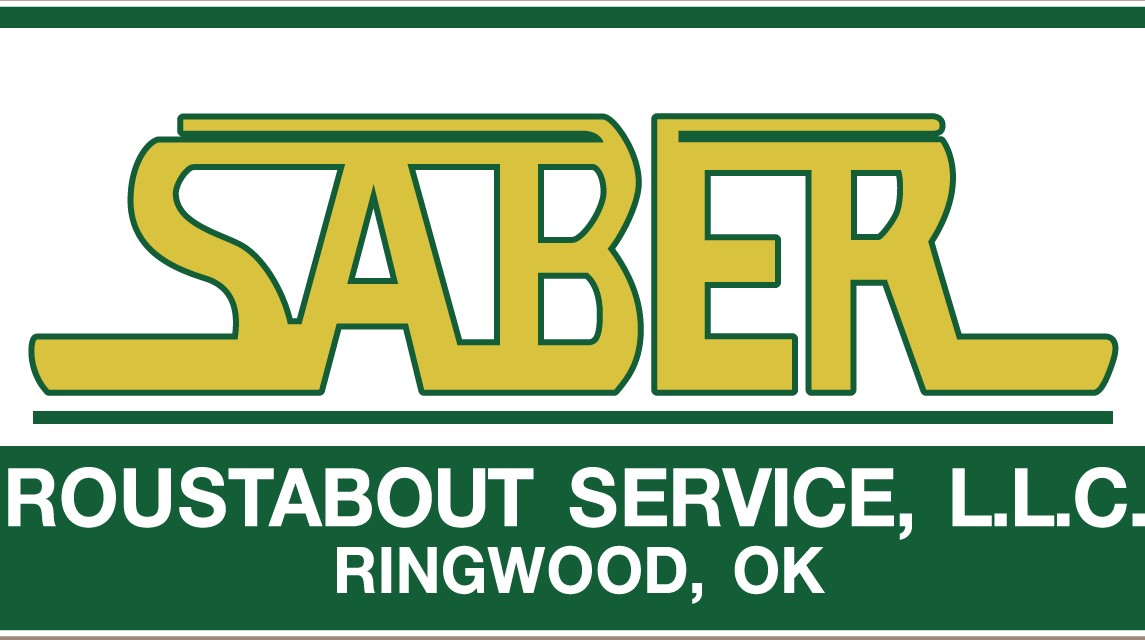Title Page
-
Conducted on
-
Prepared by
-
Location
-
District:
-
Pre-use Mobile Crane Inspection Checklist
-
The operator completes inspection before beginning work, keeps the form on the crane during work, and forwards to the equipment custodian once work is completed. A service request must be submitted if any item fails inspection
-
Operator:
-
Date:
-
Crane #
-
Model:
-
Signature:
Visual Inspection
-
Engine fluid level correct (check dip stick or sight glass)
-
Hydraulic fluid level correct (check dip stick or sight glass)
-
Hydraulic system exhibits no apparent weeping or leaks
-
Air system exhibits no audible leaks
-
Tire pressure acceptable and tire not damaged
-
Telescoping boom exhibits no damage to structure, wear pads, boom stops, or cylinder
-
Wire rope free of dirt, excess lube, kinks, and wires and is spooled correctly
-
Reeving correct
-
Wedge sockets and wire rope clips not distorted, cracked, or missing
-
Block not damaged
-
Ball and hook is free to swivel and rotate
-
Guards are in place
-
Outrigger float(s) secured with pad pin
Cab
-
Handrails in place and not damaged
-
Operator's manual in vehicle
-
Load chart legible and visible to operator
-
Hand signal chart visible to workers
-
Charged fire extinguisher in place
-
Cab glass not cracked and wipers are functional
-
Gauges and Indicators
-
Load moment indicator operational
-
Drum rotation indicator functioning
-
Boom length indicator functioning
-
Boom angle indicator functioning
-
Engine: hydraulic, air, electrical, oil pressure, temperature, and fuel
Operational Inspection
-
Correct counterweight for the load
-
Main hoist control functioning
-
Auxiliary hoist control functioning
-
Anti-two block in place and functioning
-
Swing brake
-
Lights and horns functional
-
Explain any item marked "fail"








